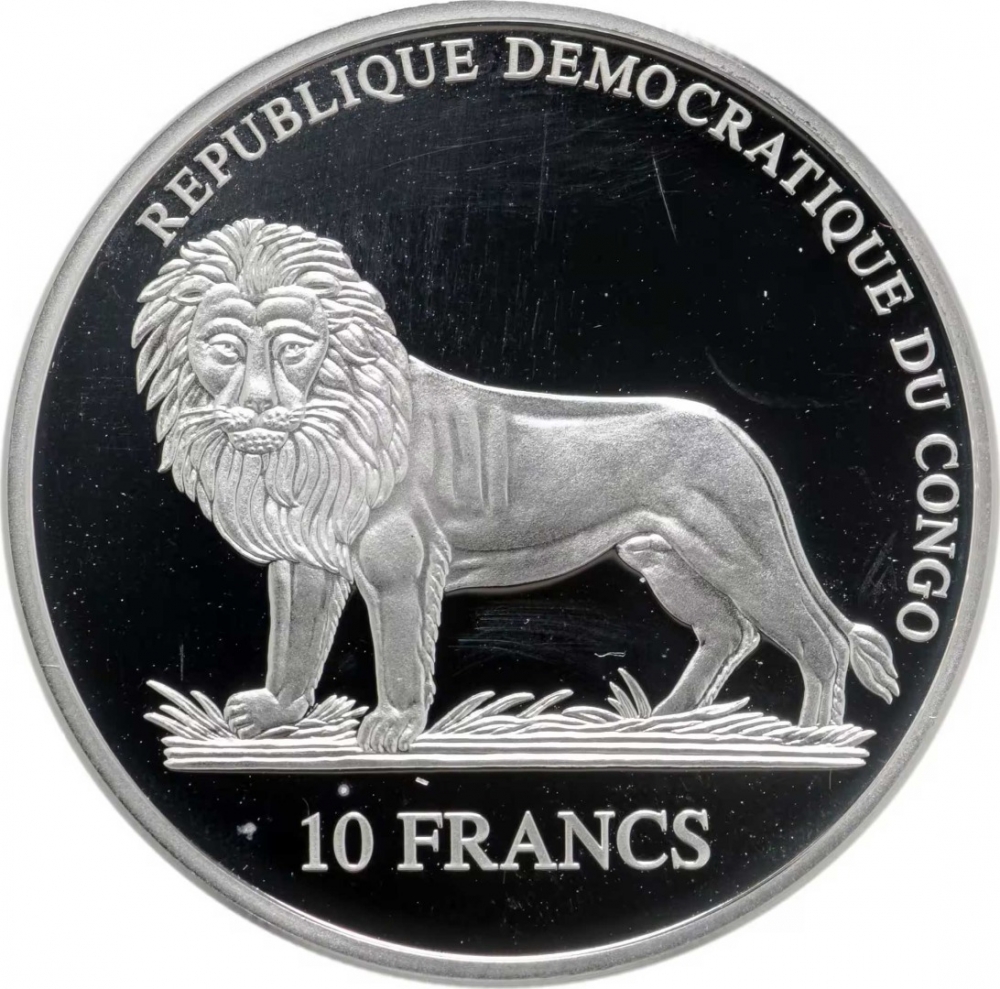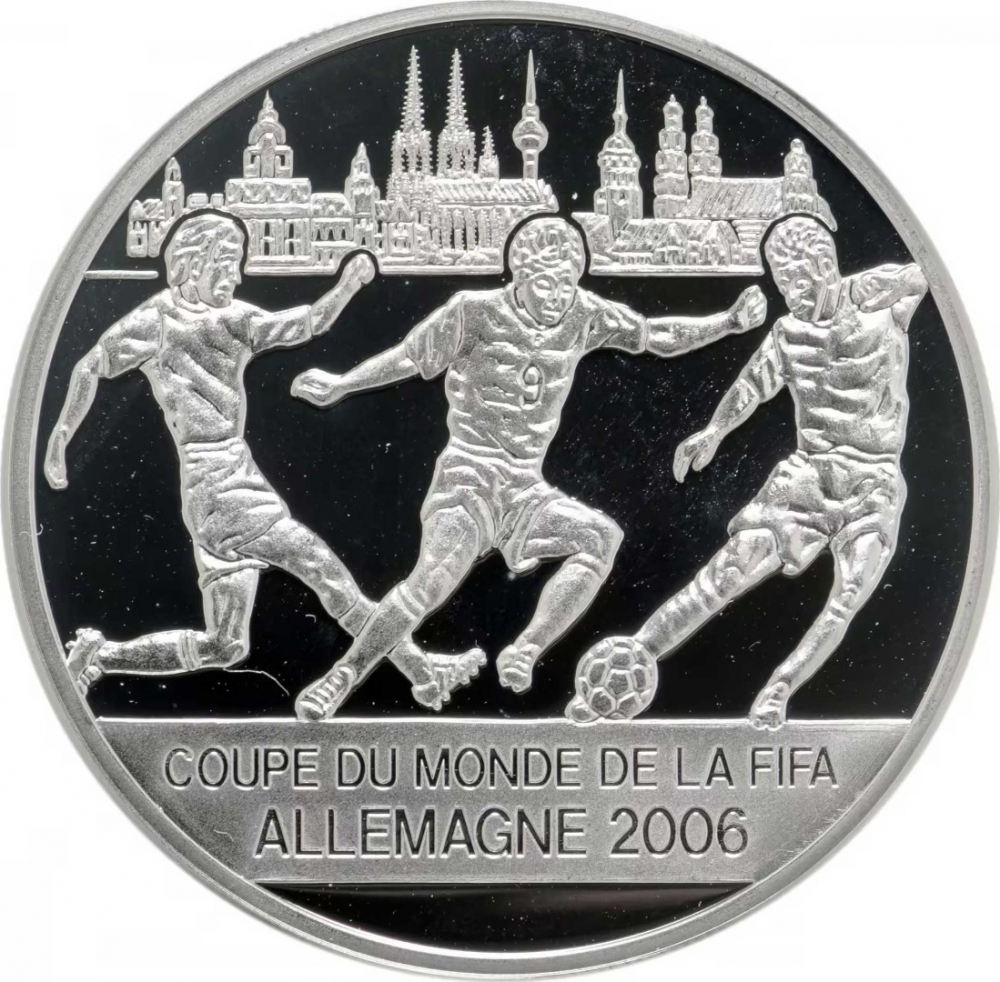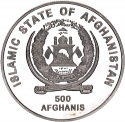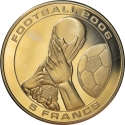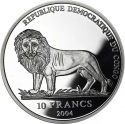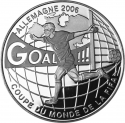You are about to finish your registration. Please check your mailbox (including spam folder). There should be a letter with a confirmation link. Check setting to make sure that your e-mail address is correct.
Send letter againDescription
The 2006 FIFA World Cup, held in Germany from June 9 to July 9, was a historic and memorable tournament, featuring 32 teams from around the globe. It was the first time Germany hosted the event since the reunification of the country, and the hosts spared no expense in organizing a spectacular celebration of football. The tournament featured iconic stadiums, including Berlin's Olympiastadion, Munich's Allianz Arena, and Dortmund's Signal Iduna Park, each filled with passionate fans, creating a festive and inclusive atmosphere. Germany’s team, led by coach Jürgen Klinsmann, impressed with a vibrant and attacking style of play that brought the country together and propelled them to the semi-finals. It was also a tournament defined by some famous moments and unforgettable matches, including Zinedine Zidane’s headbutt on Marco Materazzi in the final match, which saw Italy emerge victorious after a thrilling penalty shootout, clinching their fourth World Cup title.
The 2006 World Cup also brought attention to some emerging football talents and memorable performances. Italy's defense, led by Fabio Cannavaro, was nearly impenetrable, and they conceded only two goals throughout the tournament. The tournament showcased rising stars such as Cristiano Ronaldo and Lionel Messi, both of whom would go on to define the next decade of world football. The event left an indelible impact on Germany, as it boosted tourism and reshaped the nation's image as a friendly and welcoming host. Additionally, it became a cultural milestone with its slogan, "A Time to Make Friends," which reflected the spirit of hospitality and celebration that permeated the entire month. The 2006 World Cup in Germany is often remembered not only for the quality of football but also for its ability to unite people and create a lasting legacy.
Obverse

|
Depicts an official emblem of the Laurent Kabila regime: a mature male lion standing to the left amid grass, symbolizing strength and authority. Above the lion is the country’s name in French, and the denomination is placed below. REPUBLIQUE DEMOCRATIQUE DU CONGO |
|---|---|
Reverse

|
Depicts three soccer players battling for the ball, three famous landmarks in the background (Berliner Dom, Cologne Cathedral, Olympiapark), and the inscription of the event below. 9 |
| Edge |
Related coins
2006 Football (Soccer) World Cup in Germany
2006 Football (Soccer) World Cup in Germany
